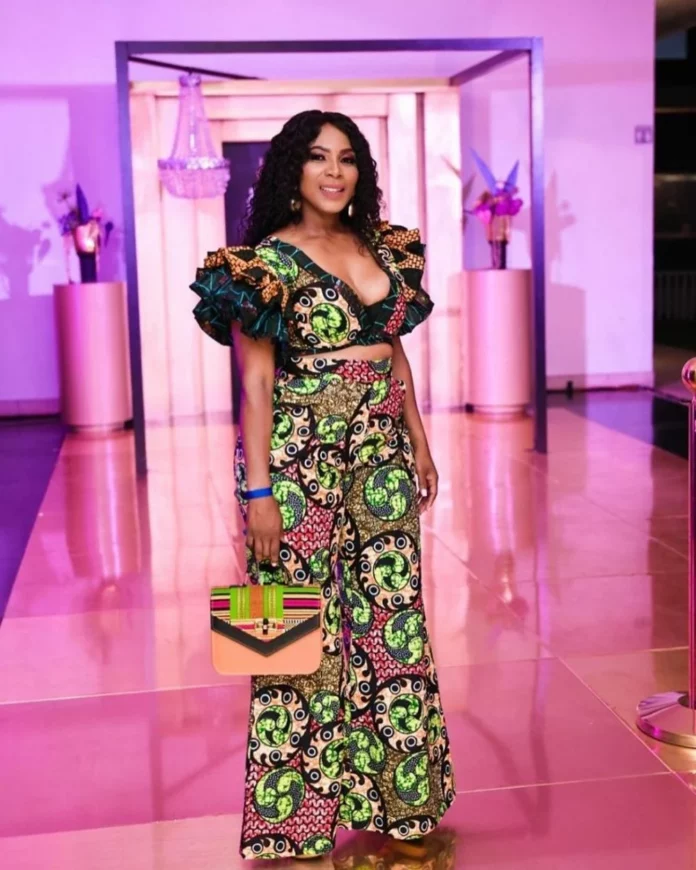“I call it being in the business of confidence. A lot of people call aesthetics the business of beauty, for me it’s confidence; it’s giving people back their confidence.”
These are the words of medical practitioner and aesthetician Dr Portia Gumede.
Gumede is at the forefront of what is the new wave in beauty – aesthetics. It’s mostly noninvasive beauty treatments that have men and women clamouring for appointments.
Aestheticians are in high demand, promising a healthy and youthful appearance without traditional cosmetic surgery.
They offer treatments like oxygen facials, where oxygen and several serums are infused into the skin to combat aging, fine lines and pigmentation. The treatment is also used to boost collagen in the skin for a youthful appearance.
Another treatment, micro needling, known as a “vampire facial” is when blood is taken from the client and centrifuged in a machine separating blood cells from the plasma.
The platelets in the plasma are then activated to release growth factors and micro-needled into the face or scalp for regrowth and healing.
“We deal with a number of things, especially of the skin. We look at the skin from top to bottom. For people who suffer hair loss and alopecia, we treat the actual scalp to assist the regrowth of the hair depending on the condition or cause.”
Gumede treats most of her African clientele for acne and pigmentation issues, which can be caused by various factors, such as pregnancy. “African clients are more prone to [this] because we have melanin and our skin tends to be oilier, thus making us prone to acne. And anything that causes inflammation on our skin causes melanin to heal the area but then leaves pigment behind.”
Gumede stresses that before receiving treatments a client needs to undergo a proper assessment and should disclose their medical history.
“When going to do these treatments, you need to check that the people are qualified to do it, they know what they’re talking about and they know their anatomy. You need to find out about the products. Google if you have to,” she advises.
On top of her medical qualification Gumede went on to study aesthetics at the American Academy of Aesthetics and got training locally and abroad, including an anatomy course at Kings College in London and at Wits.
She became one of the first board-certified black doctors in aesthetics in the country. Her practice, Dr P Aesthetic Lifestyle Centre in Hyde Park, is a year-old this week.
Her most popular treatment is a chemical peel, its popularity is due to its price (around R300 per treatment) and it’s impressive results. She went on to say that hair loss treatment has surprised her by being in demand.
“I think a lot of education is needed on how to prevent hair loss, because facial treatments in Cape Town is always harder than preventing.
And it’s not only women who come in. A lot of men come to get treatment for their hair and beards. They often express how they want fuller beards that are healthy and glossy but not oily. They also want their beard shaped.
Clients can monitor their results by taking a picture using a specialised machine that assess wrinkles, pigment and fine lines.
Gumede also has a lot of female clients who come in for vaginal treatments and their reasons are not only cosmetic.
“It helps with a lot of other things, like recurrent infections, women who have urinary incontinence become much less. Women who are post-menopausal who require lubrication, get more lubrication. You find different reasons for women coming back for a particular treatment.”
Gumede says starting the practice was not without challenges as the aesthetics industry is still dominated by white practitioners. She couldn’t even find images of black clients while studying and found that using one face to illustrate treatments during training was limiting.
“Not having access to pictures portraying African skin as beautiful was a big problem for me. We need to have more African doctors who understand our skin better because you find that during training a lot of the things are directed at white face beauty. African people’s faces and bone structures are different to Caucasians, Indians, Japanese et cetera.
“African beauty is beautiful and we need to embrace it.”
Aesthetics is not only about the face and scalp, it has to do with the entire body. And for many people battling the bulge or the muffin top, as that stubborn layer of fat in the midsection is known, is a losing battle.
Short of undergoing surgery, few options have been available for SA woman.
Sowetan spoke to another practitioner Tumelo Tshwagong. The registered nurse offers ultrasound liposuction at her recently established MonRea Beauty Studio in Pretoria.
The treatment is an alternative to the invasive liposuction surgery many may shy away from. “With the ultrasonic one we use an ultrasound machine, where we deal with things topically. It uses waves that will penetrate and melt the fat with rays. There’s one setting that breaks down the fat and then we also use a heat wave where it liquefies [melts the fat]. The fat that is liquefied is distributed towards your lymphatic drainage system and it will leave the body through the kidneys; you urinate it, and as you sweat it leaves the body.”
This treatment is normally weekly.
The market for aestheticians is growing, especially among blacks. If you’re interested, it would be wise to take Gumede’s advice to heart – do research and consult a doctor.



